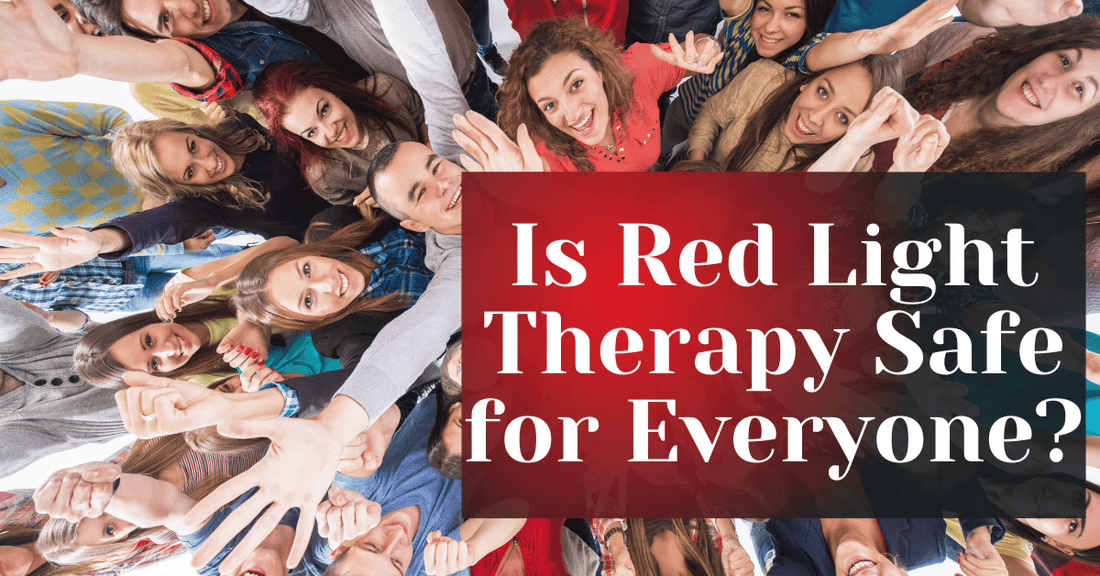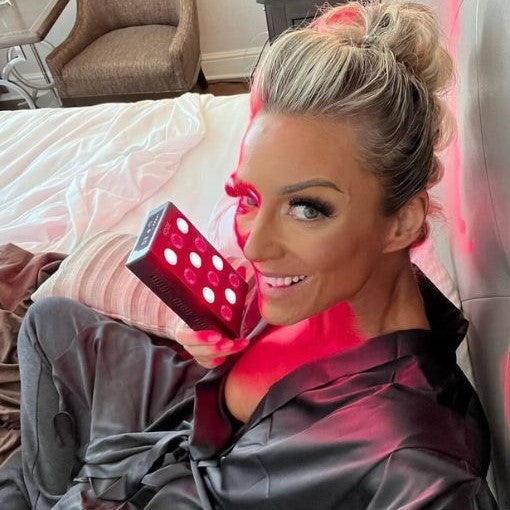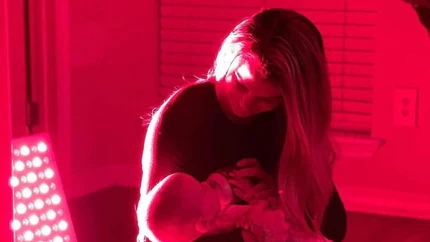
Is Red Light Therapy Safe for Everyone?
Is Red Light Therapy Safe for Everyone?
Red light therapy (RLT) has gained immense popularity in recent years for its potential health benefits. From skincare to pain relief, this non-invasive treatment offers a multitude of applications.
However, a crucial question often arises: Is red light therapy safe for everyone? If you're curious about its safety and suitability, this blog covers everything you need to know, including key insights, expert opinions, and tips to ensure a safe experience.
What is Red Light Therapy?
Red light therapy involves exposing the skin to low wavelengths of red or near-infrared light. These wavelengths penetrate the skin, promoting cellular repair, reducing inflammation, and stimulating collagen production.
It's commonly used in dermatology, sports medicine, and even wellness routines to support a range of conditions like acne, arthritis, and muscle recovery.
Frequently Asked Questions About Red Light Therapy Safety
1. Is Red Light Therapy Scientifically Proven?
Yes! Studies have confirmed the efficacy of red light therapy in various areas. For instance:
- Origins and Potential of Laser Therapy: Discovered in the 1960s, laser therapy showed promise for improving wound healing and reducing pain, inflammation, and swelling.
- Recognition of Low-Level Laser Therapy (LLLT): LLLT has become widely recognized, incorporating the biphasic dose response (Arndt-Schulz curve) for optimized effects.
- Emerging Applications for Serious Conditions: Promising for life-threatening conditions such as stroke, heart attack, spinal cord injury, and traumatic brain injury.
However, like all therapies, its safety largely depends on proper usage and individual circumstances.
Source: Hamblin, M. R., 2011. Mechanisms of Low-Level Light Therapy. Annals of Biomedical Engineering, 40(2), pp. 516-533. Available at: https://doi.org/10.1007/s10439-011-0454-7 [Accessed 18 Nov. 2024].
2. Who Should Avoid Red Light Therapy?
While RLT is considered safe for most people, certain individuals should exercise caution or avoid it altogether:
- Pregnant Women: Consult your doctor before use, as effects on pregnancy haven't been extensively studied.
- Photosensitive Individuals: If you're sensitive to light or taking photosensitizing medications (like antibiotics or chemotherapy drugs), red light therapy could aggravate your condition.
- Those with Skin Conditions: Conditions like lupus or porphyria may worsen with light exposure.
- Cancer Patients: While RLT can improve skin health, it should never be used directly over tumors or suspicious lesions without medical guidance.
3. Can Red Light Therapy Cause Side Effects?
In general, RLT is non-invasive and painless. However, mild side effects may occur, such as:
- Temporary redness
- Eye strain if used without protective goggles
- Minor irritation from prolonged sessions
Most of these effects can be avoided by following manufacturer guidelines and keeping sessions within recommended durations (usually 10-20 minutes).
4. How Can You Ensure Safe Use of Red Light Therapy?
Here are five tips for maximizing safety:
- Consult a Professional: Always seek advice from a dermatologist or healthcare provider before starting.
- Use FDA-Cleared Devices: Only use certified devices to ensure they meet safety standards.
- Wear Protective Goggles: Red light can strain the eyes over time, so invest in quality goggles.
- Follow Instructions: Adhere to device manuals for usage times and distances.
- Start Slow: Begin with short sessions and gradually increase time based on your skin's tolerance.
5. Is Red Light Therapy Safe for Kids and Seniors?
Red light therapy is generally safe for all age groups when used appropriately. For children and seniors:
- Children: Parental supervision is a must, and shorter sessions are recommended.
- Seniors: Those with thin or fragile skin should start with lower intensity levels to avoid irritation.
Key Insights Into Red Light Therapy Safety
Evidence-Based Applications
- Skin Rejuvenation: Red light penetrates the dermis to stimulate collagen and elastin, making it an effective anti-aging tool.
- Pain Relief: Near-infrared wavelengths reduce muscle soreness and joint pain without side effects.
- Improved Circulation: Studies show that RLT enhances blood flow, aiding recovery and reducing inflammation.
Red Flags to Watch Out For
- Overusing red light devices can lead to skin sensitivity. Experts recommend spacing sessions out—2–3 times a week is sufficient for most needs.
- Avoid makeshift or uncertified devices, as they may emit unsafe wavelengths.
The Final Verdict: Is Red Light Therapy Safe for Everyone?
The answer is nuanced. While red light therapy is safe for the majority, individuals with specific health concerns or conditions should approach it cautiously.
Always prioritize proper guidance, invest in quality devices, and monitor your body's response. When used correctly, RLT can be a game-changer for your health and wellness.





